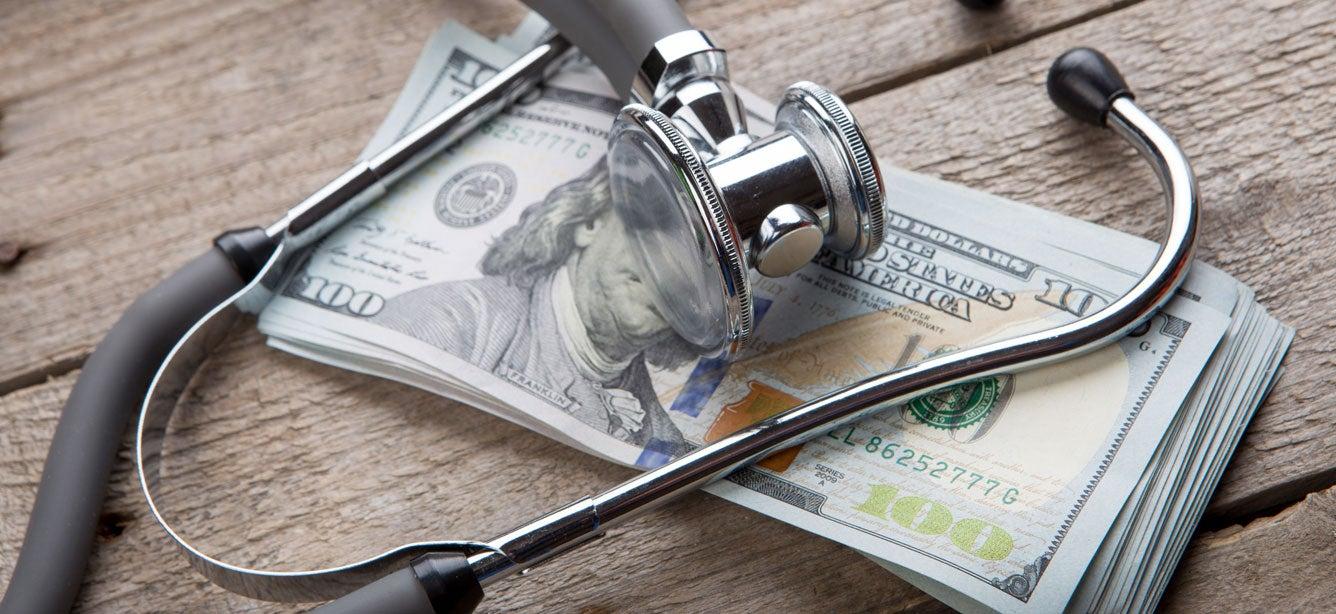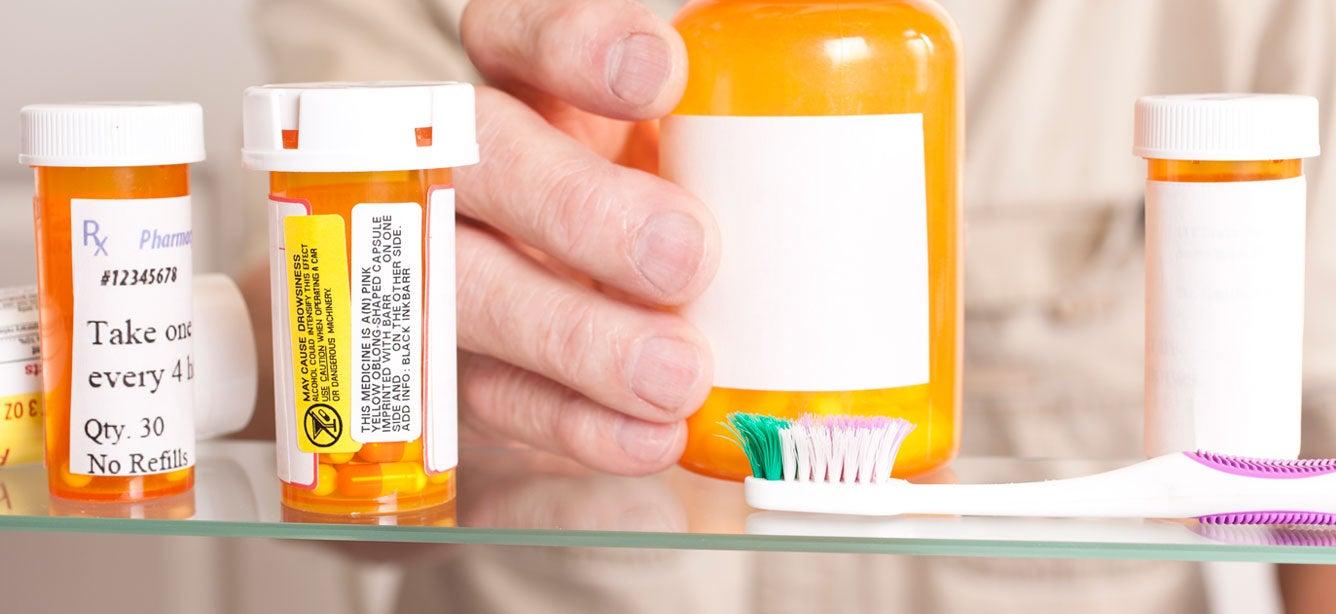
Medicare Part D helps cover the costs of the prescription medications you need to stay healthy. But its different phases of coverage aren’t always easy to understand—including what’s known as the Medicare coverage gap or “donut hole.” This is a coverage phase that temporarily limits the amount a Part D plan will pay for covered prescription drugs.
It's important to know that starting in 2025, the Part D donut hole is eliminated. Instead, once your out-of-pocket prescription drug costs reach $2,000, you enter the catastrophic coverage phase—and pay nothing for covered medications for the rest of the year.
What is the Medicare donut hole?
The Medicare donut hole is another name for the Medicare Part D coverage gap. Prior to new Part D rules that took effect January 1, 2025, you would enter the donut hole when your total drug costs—including what you and your plan have paid for your drugs—reached a certain limit beyond your initial coverage period threshold. In 2024, for example, you reached the Part D donut hole when you and your plan had paid $5,030 for your medications.
Prior to 2019, if you reached the coverage gap, you would have to pay 100% of your prescription drug costs in that period until you met the catastrophic coverage period spending threshold.
When the Affordable Care Act was passed in 2010, it included a gradual “closing” of the donut hole. But “closing” did not mean that people reaching the donut hole didn't pay anything for their drugs—it meant that plans and pharmaceutical companies picked up more of the tab. Just like in the initial coverage period, when you entered the donut hole, you would be responsible for paying 25% of the costs of your medications.
Once you spent $8,000 out of pocket in 2024 on your prescription drug costs, you entered the catastrophic coverage period. In prior years during this phase, you had to pay 5% of the cost for each of your drugs. But in 2024, this cost-sharing requirement was waived due to a provision in the Inflation Reduction Act.
How do I choose the best Part D plan for me?
It’s important to shop around to find the Part D drug plan that suits your needs. The Open Enrollment Period for Medicare Advantage and Part D plans runs Oct. 15–Dec. 7. During this time, people with Medicare can join, switch, or leave plans. Use our Part D plan checklist to get a list of questions to ask before selecting prescription drug coverage. Aside from looking at costs, you also want to make sure that you choose a plan that covers all/most of your medications and makes it easy to get them.
Outside of the Open Enrollment Period, you may qualify for a Special Enrollment Period to switch drug plans if you meet certain conditions, such as moving or losing other drug coverage.
If you have limited income and resources, check if you qualify to receive Medicare's Extra Help/Part D Low-Income Subsidy. People with Extra Help see major savings on their drug plans and medications at the pharmacy.
How else can I save money on drug/prescription costs?
There are several options that may be available to help your pay for your prescriptions:
- State Pharmaceutical Assistance Program (SPAP): Some, but not all, states have a SPAP to help people pay for their medications. The SPAP may contribute an amount toward your Part D premium, or it may work to offset your prescription costs.
- Patient assistance programs: Brand-name drug manufacturers often have these programs to provide discounts or no-cost medications to those who qualify. You may have to provide proof of income and spending on the prescription to be able to take advantage of these programs.
- Disease funds: Disease funds are supported by charitable groups and help to pay for medications and treatments for a specific disease or condition.
- Generics: Talk to your doctor about whether any generics may be a good substitute for expensive brand-name drugs. If your medication is in a higher cost tier or not covered on your plan’s formulary (approved drug list), you may want to ask for an exception to get the plan to cover it completely or at a lower cost.
- Best price: Another strategy is to ask your pharmacist for the “best” price for the prescription. Sometimes costs for drugs may be less if you do not use your insurance. Be mindful that any drug you purchase outside of your insurance will not automatically count toward meeting your deductible or getting you out of the donut hole. Contact your plan to determine if the drug purchases you made outside of your Part D plan can be counted toward your true out-of-pocket costs and/or are eligible for reimbursement.
Visit BenefitsCheckUp® today to browse money-saving benefits programs available in your area.



